Instrument maker Keysight is conducting what it calls a North American test-drive tour at 30 cities in the U.S. and Canada this spring. We sat in during the stop in Cleveland, Ohio. Here’s what we saw.
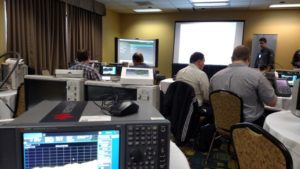
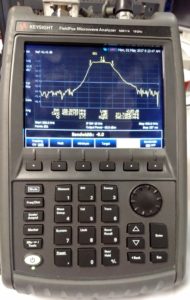
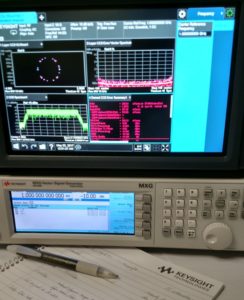
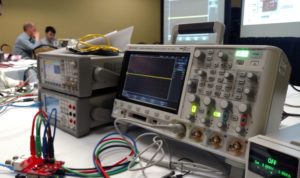
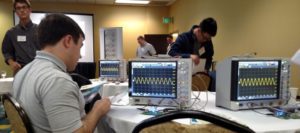
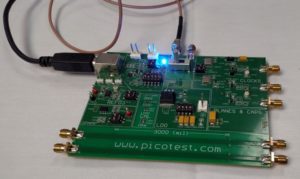
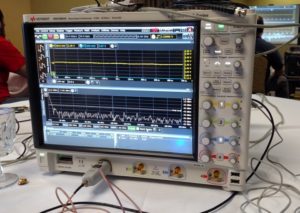
Oscilloscopes, electronics engineering industry news, how-to EE articles and electronics resources








Leave a Reply
You must be logged in to post a comment.